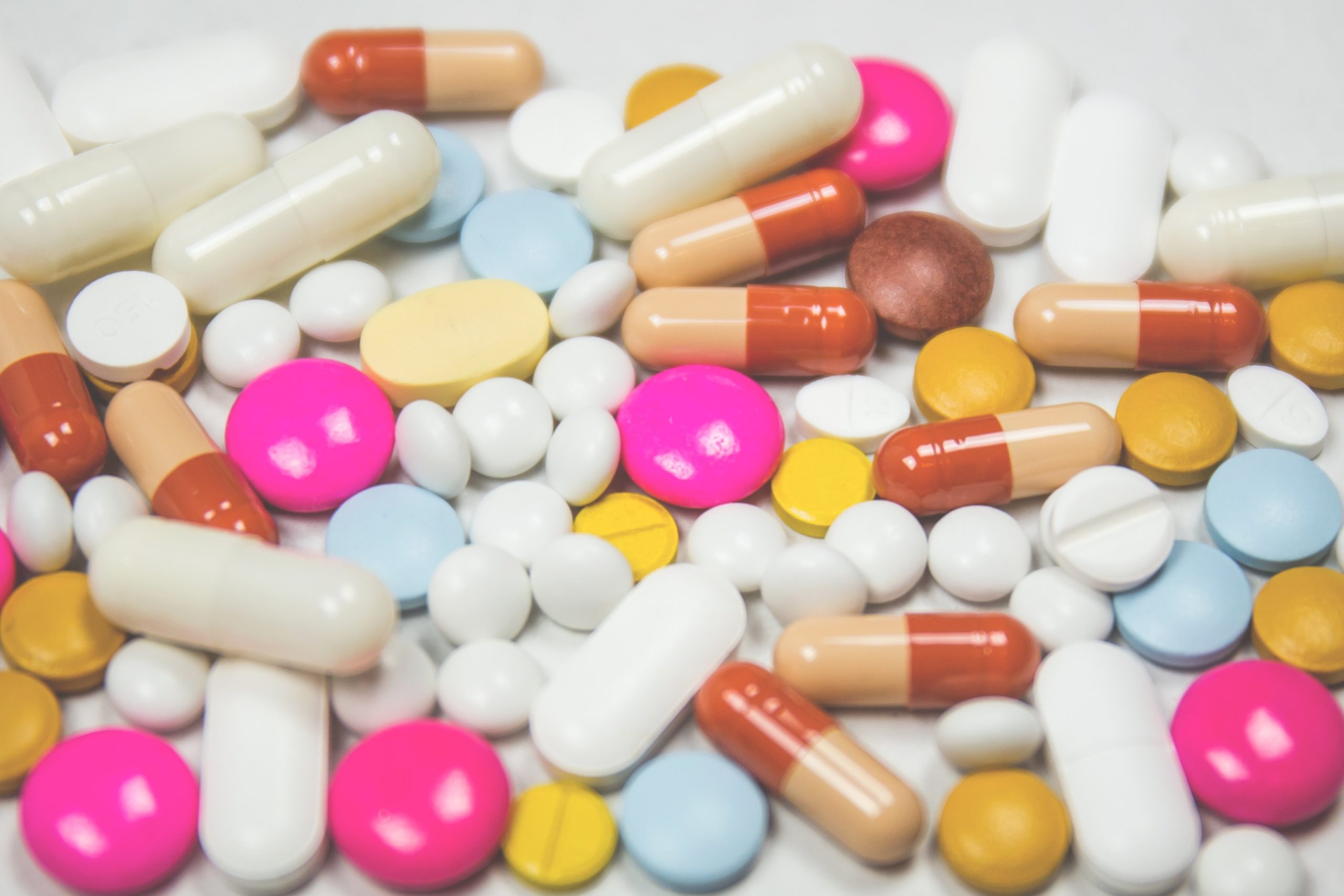Silent hypoxia and poor oxygenation in patients with early COVID-19
In the case of COVID-19 patients, one of the biggest and most life-threatening scenarios is the virus causing silent hypoxia. It has been overserved that these patients sometimes show no symptoms of shortness of breath or difficulty breathing in the earlier stages of infection, despite experiencing dangerously low levels of oxygen. In coronavirus patients, studies have suggested that the infection first damages the lungs, which causes parts of the lungs incapable of functioning properly. In this process, the tissues of the lungs lose oxygen and stop working. This stops infusing the blood stream with oxygen, which causes silent hypoxia.
Therefore, the research focus has been to study how the novel coronavirus attacks the lungs and other parts of the body. Biomedical engineers in the USA has studied lung perfusion abnormalities based on computer modeling to explain early COVID-19 hypoxemia. They reported their findings in Nature Communications (Nature Communications, 2020; 11 (1) DOI: 10.1038/s41467-020-18672-6). Their study focused on testing different scenarios that help explain how and why the lungs stop providing oxygen to the bloodstream.
Their research reveals that silent hypoxia is likely caused by a combination of biological mechanisms that may occur simultaneously in the lungs of COVID-19 patients. The researchers first looked at how COVID-19 impacts the lungs' ability to regulate where blood is directed. It is normally considered that if certain areas of the lung are not gathering much oxygen due to damage from infection, it can cause the blood vessels to constrict in those areas. In this scenario, our lungs are supposed to force blood to instead flow through lung tissue replete with oxygen, which is then circulated throughout the rest of the body.
This is a good thing. However, clinical data suggest otherwise in the case of COVID-19 patients. The clinical data showed that lungs of some COVID-19 patients had lost the ability of restricting blood flow to already damaged tissue. Therefore, in contrast, they were potentially opening up those blood vessels even more, which is difficult to see or measure on a CT scan.
To gain insights into this phenomenon, researchers used a computational lung model and tested the theory that revealed that for blood oxygen levels to drop to the levels observed in COVID-19 patients, blood flow would indeed have to be much higher than normal in areas of the lungs that can no longer gather oxygen. This can potentially contribute to low levels of oxygen throughout the entire body. They also studied how blood clotting may impact blood flow in different regions of the lung. They found that when the lining of blood vessels get inflamed from COVID-19 infection, it can cause tiny blood clots (too small to be seen on medical scans) to form inside the lungs. Further, they found that this tiny blood clots could incite silent hypoxia. However, they also noted that this tiny blood clots alone might not cause oxygen levels to drop as low as the levels seen in patient data. They also employed computer model to find out if COVID-19 interferes with the normal ratio of air-to-blood flow that the lungs need to function normally in many respiratory illnesses, such as with asthma patients. They noted that the mismatch happening in parts of the lung can be a possible contributor to the severe, silent hypoxia that has been observed in COVID-19 patients. This study is important as it helps clinicians to better understand all the possible reasons why a patient's blood oxygen level might be low. This subsequently helps to decide on the proper form of treatment that includes medications to constrict blood vessels, bust blood clots, or correct a mismatched air-to-blood flow ratio.

